
10 ways businesses are tracking employee productivity in 2022
This story originally appeared on Buddy Punch and was produced and distributed in partnership with Stacker Studio.
10 ways businesses are tracking employee productivity in 2022
Earlier this year, a law on employer email, phone, and internet monitoring went into effect in the state of New York, requiring private-sector employers to provide all their employees with notice of their electronic monitoring practices in a place that is "conspicuous" by the time they are hired. California is considering a similar law that contains a variety of requirements, including notifying employees of the use of automated decision systems and limiting both automated decision systems and electronic monitoring.
Buddy Punch researched ways companies are monitoring employee productivity, including methods such as old-school surveillance and new-age activity logging. Statistics on the prevalence of employer monitoring are limited, but one New York Times analysis that examined 10 of the largest private employers in the U.S. found that eight of them tracked individual employees' productivity.
Due to many employees working from home as a result of the COVID-19 pandemic, businesses have ramped up how much they track their employees online. Employers are using digital time sheets, email monitoring, instant message monitoring, viewing calendars, browser activity, and other tools. Read on to learn about how these technologies work, which businesses are using them, and how they are changing the landscape of the digital workplace.

Digital time sheets
A digital time sheet shows an employer the number of hours an hourly employee has worked so that the employer knows how much to pay that employee. However, unlike a traditional time sheet, a digital time sheet integrates an employer's attendance and time data with their payroll processing software.
To use a digital time sheet, an employer should decide the frequency that employees must file them (options vary from daily to monthly). Employees clock in when they're working and clock out when they aren't, and managers must approve their time sheets.
Digital time sheets make it possible for employers to generate reports about individuals or groups in their organization. Additionally, employers can monitor productivity accurately and provide their employees with access to their digital time sheets from any device.
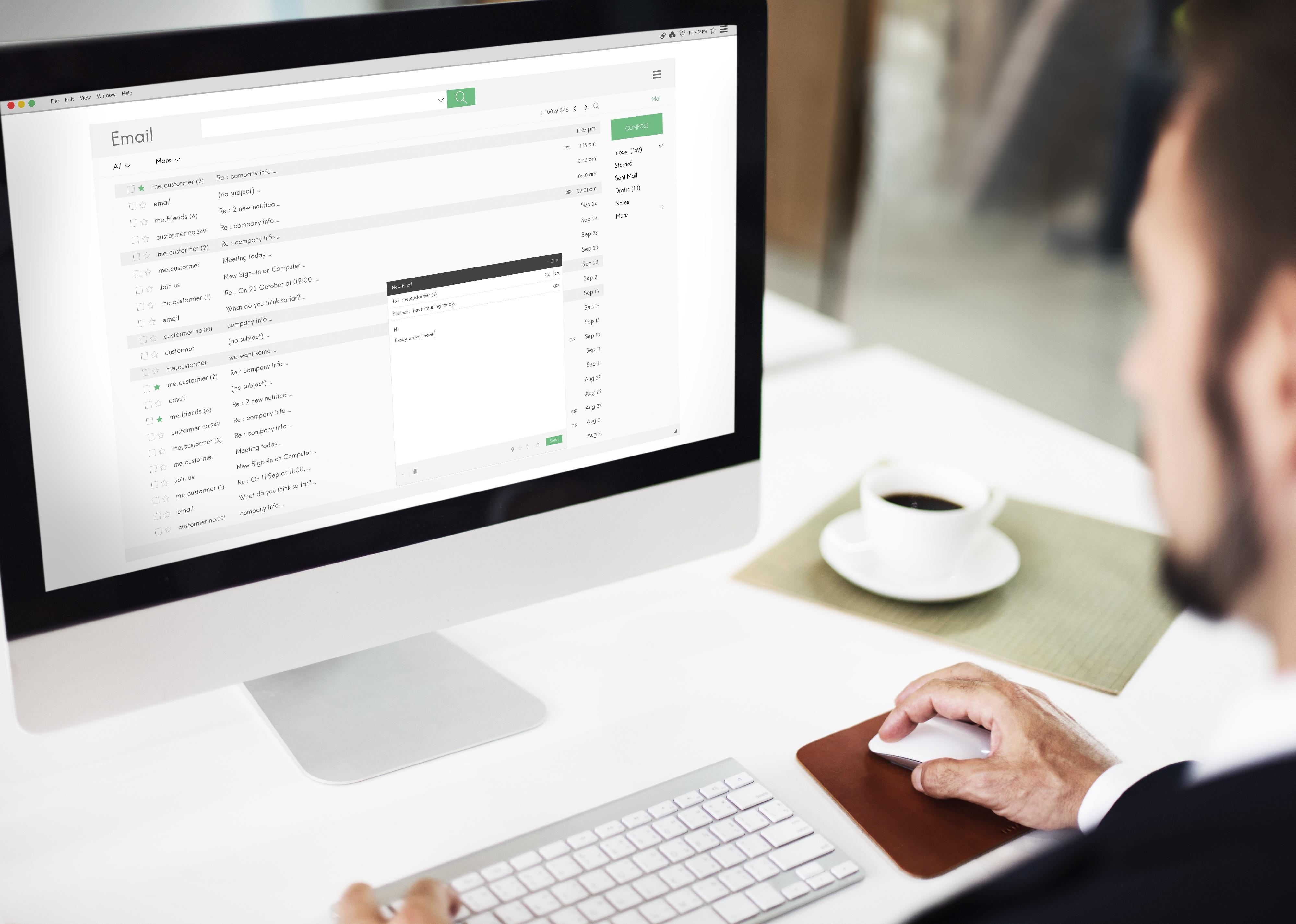
Email and instant message monitoring
When employers use email monitoring, they track the communications that an employee has sent or received using their company email address. Many employers strengthen their right to do this by providing their employees with written notice that their work emails aren't private, and that all messages are monitored by the company. Even without such written notice, employers usually have the legal right to monitor employee emails sent to and from their work email accounts.
Employees should assume that any device or tool provided to them by their employer is a means that their company can (and will) see what they're doing on it. Using company apps can also be subject to review: Through monitoring software, employers could look at instant messages including private channels or direct messages on Slack, Microsoft Teams messages, or screenshots taken of messages on services such as Apple's iMessage, Twitter, or Facebook.
In 2013, there was an email monitoring scandal at Harvard University, where faculty members were shocked by the university administration searching through their emails to identify a media leak source in regards to a cheating scandal. Despite the reaction from faculty, the university administration had the right to do this in accordance with Harvard's privacy policy; however, the policy also dictates employees be informed shortly after or before a search.
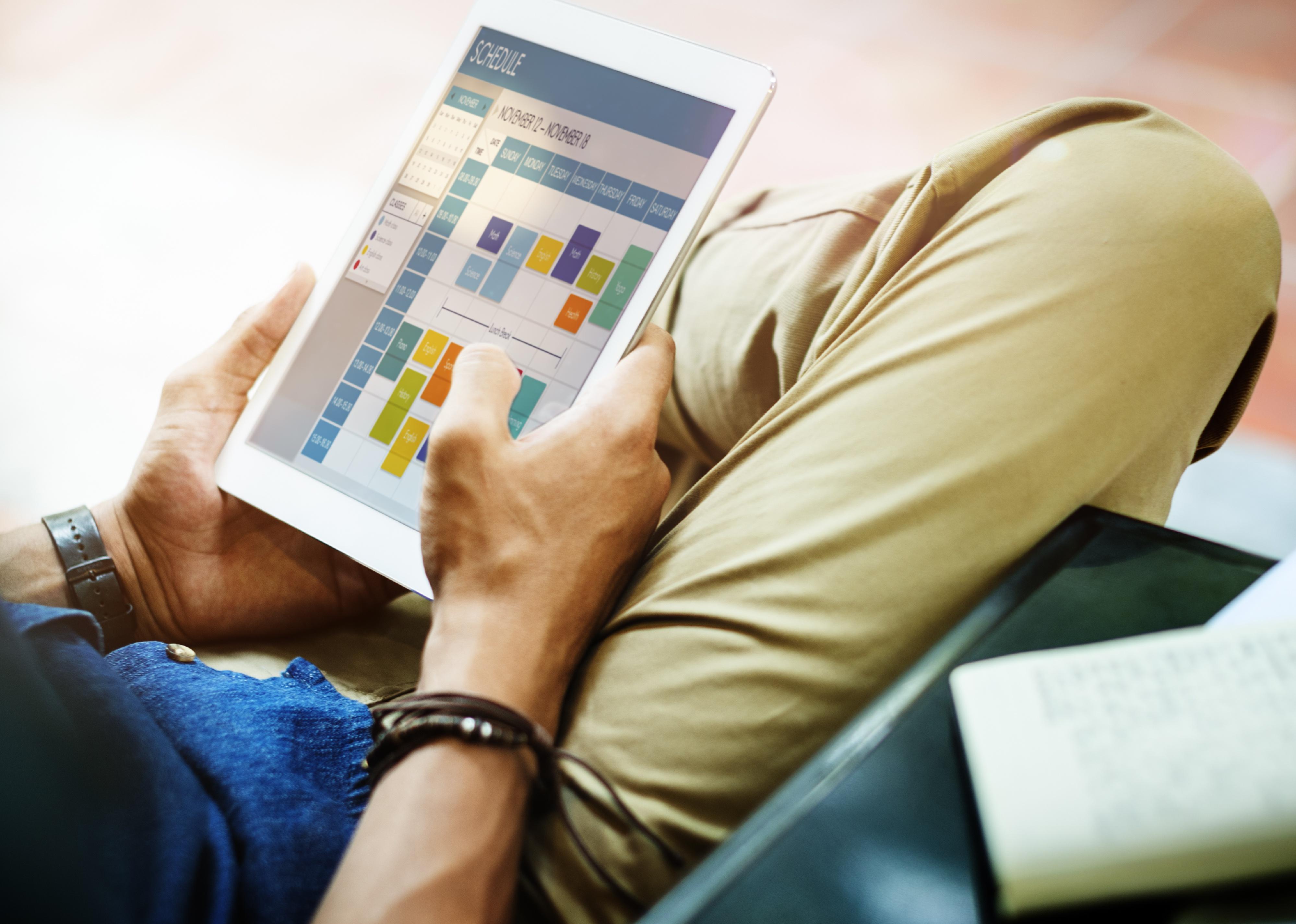
Viewing calendars
A shared calendar app is often easy to use and provide employers with straightforward collaboration and scheduling tools, cross-platform functionality, auto-sync, and sharing features. By viewing shareable calendars, employers can see what their employees are doing, when they have meetings, and who those meetings are with—and they can automatically schedule meetings, too.
Employers can also use Time Insights on Google Calendar to see how much time staff spend in meetings or meeting with a specific individual. They can also use the Viva Insights Outlook add-in on Outlook to receive meeting reminders, keep track of and complete their tasks, and more. Other shared calendar apps include Calendly, Teamup, iCloud, and Thunderbird Lightning Calendar.
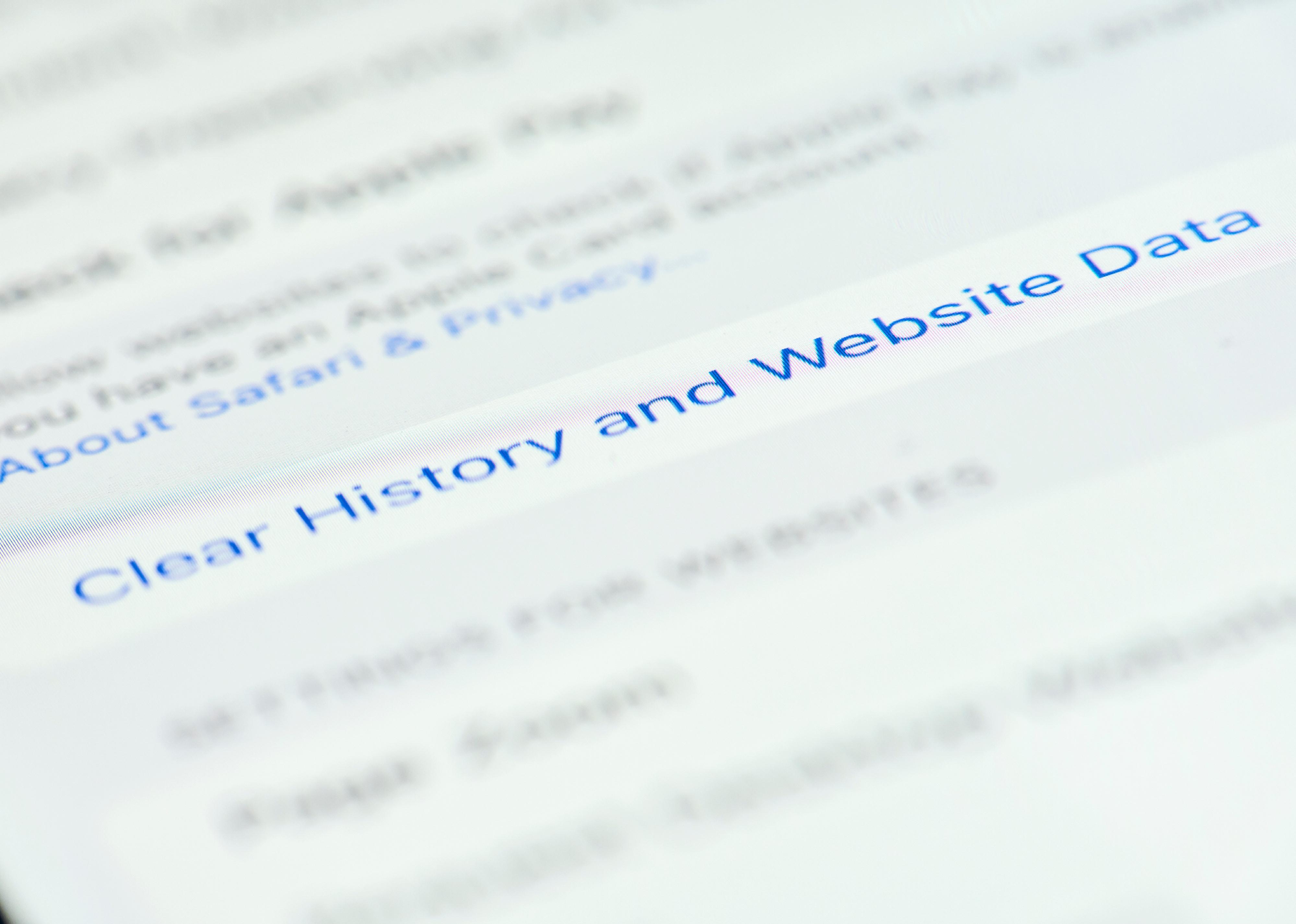
Browser activity
When an employer views the browser activity of an employee, there are different ways they can do this. If an employee is using a company computer, their employer can likely see any unencrypted traffic—and even if they're using a personal device, the employer might have access to any traffic that has been routed through the company network. In these cases, even if an employer isn't able to see what an employee has done when visiting a website, they will probably be able to see that the employee accessed that website.
Employers can also use employee monitoring software to see an employee's browser history—and clearing browser history won't be effective in preventing this. Additionally, employers are able to use this type of software to track what apps employees have used and to monitor app usage.

Mouse movement
One way an employer might track an employee's activities is by gathering data from an employee's mouse. With monitoring data, employers are able to see when the employee is being "active"—and when the employee has ceased to click around. If an employee spends too much time scrolling on a social media platform, for example, the monitoring tool tracking mouse movement could flag this activity.
In reaction to monitoring tools that track mouse movement, the market for devices that help employees evade employee productivity trackers is exploding. A man who uses the pseudonym "Lorenzo de Medici" created the Liberty Mouse Mover, a mouse tracking device. The Liberty Mouse Mover is a reinvented version of a product he created for himself when he had to come up with a creative solution to combat his own boss tracking his mouse movement.
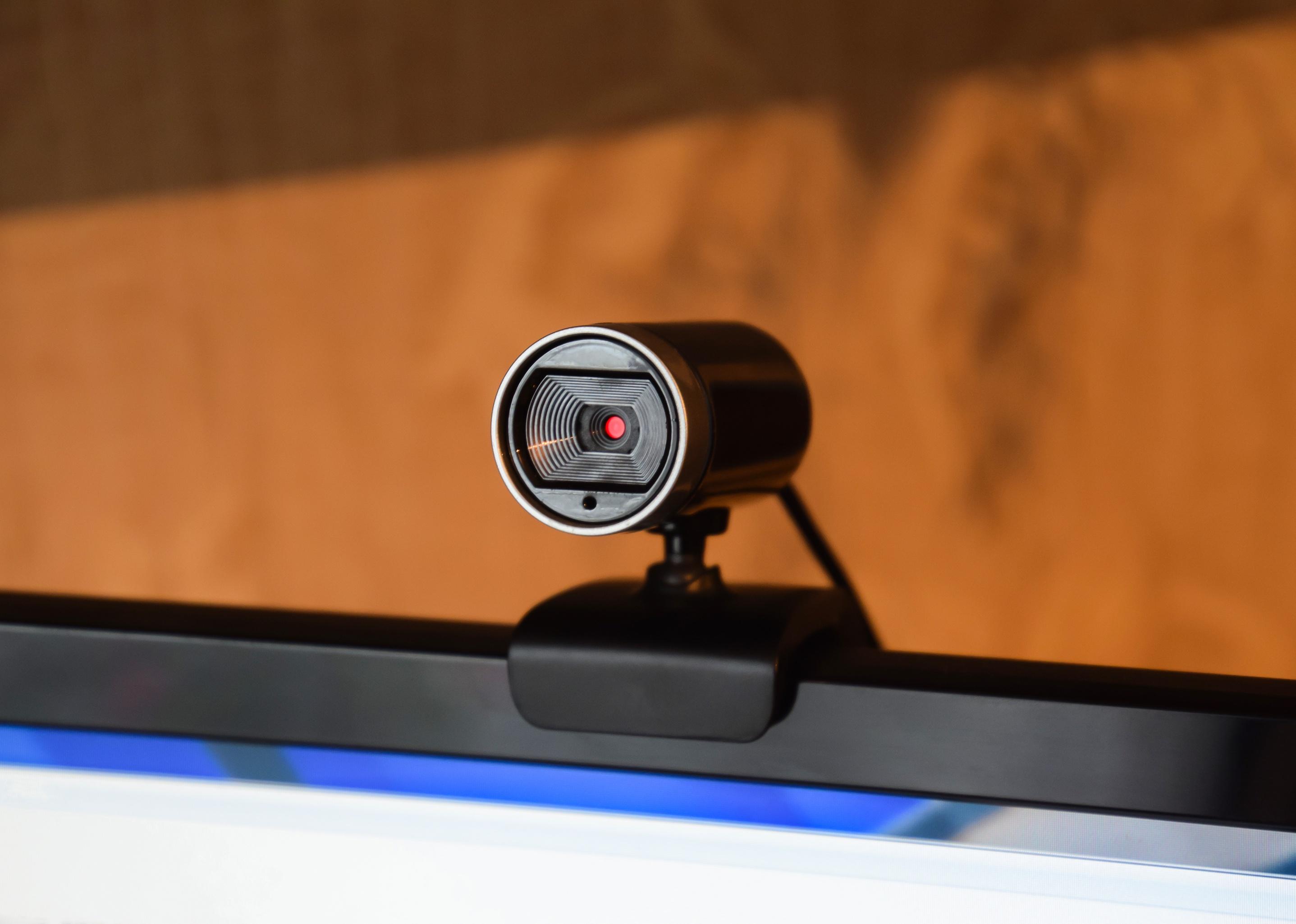
Camera and webcam monitoring
When employers use camera monitoring, they might use traditional on-site surveillance cameras to surveil those in their workplaces. In homes or non-office settings, employers might also hide cameras with the intention of monitoring domestic workers.
Webcam monitoring is another tactic employers use to track employee productivity, with tools ranging from basic webcams to sophisticated AI-enabled webcams. Some businesses now require their employees to have their webcams on at all times—along with their microphones—so their employees are always available for face-to-face chats, check-ins, and more.
AI-enabled webcams provide employers with a surveillance system that uses tracking, moving object detection, and image recognition. With this technology, employers can monitor and manage the everyday activities of workers at their desks. Employers can also use webcams to gather biometric data—such as facial expressions, body shifts, and eye movement—to evaluate the attentiveness of employees while on the job.
UPS put surveillance cameras in their trucks with the purpose of on-the-go monitoring, with the cameras, in theory, being set up to record only when they've been triggered to do so by an incident, such as sudden braking or swerving.

Timed screenshots
One type of surveillance employers use is activity monitoring—and timed screenshots fall under this category. Many productivity monitoring software programs offer employers the ability to frequently take screenshots of an employee's devices used for work. Often, this raw data is arranged by the software into a timeline, making it possible for the employee's boss to review what their employee has done throughout the workday and at any specific moment in time.
Upwork, a marketplace for freelancers, has a timed screenshot feature that takes screenshots, with each photo taken during each billing window of 10 minutes. Freelancers have the ability to explain any screenshots that show inactivity, but some said that they will not submit those screenshots—with the result being, in effect, that they are not getting paid for all of their work.
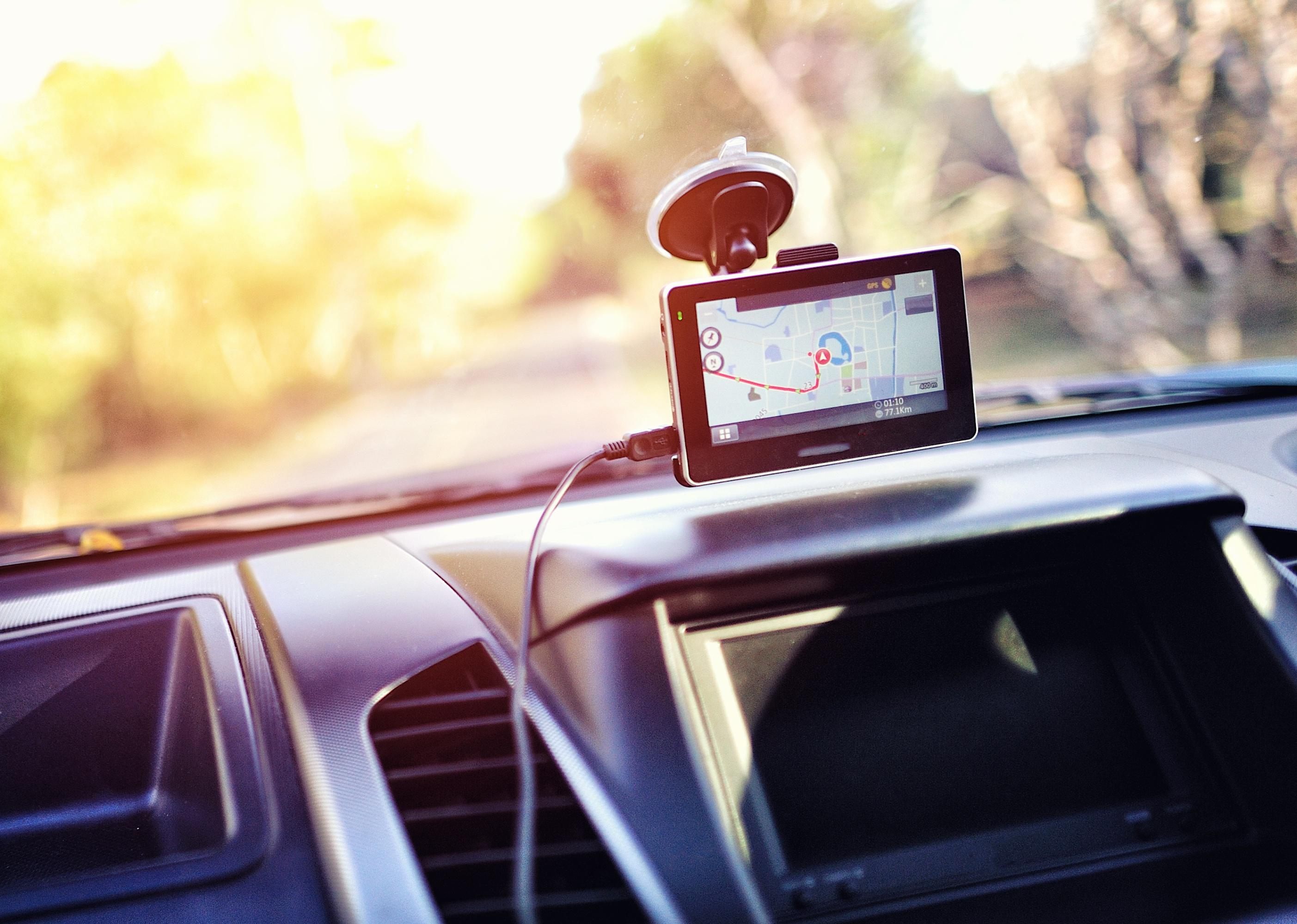
GPS
Employers often use GPS tracking to monitor the travel routes of their employees and to verify that their employees are accurately recording their work time on their time sheets. In addition to making it possible for employers to track location, GPS tracking also optimizes performance and makes reporting easier. There are two main types of GPS tracking solutions: a hardware GPS tracker and a location-tracking app. A hardware GPS tracker is an ideal solution for an employer managing freight traffic or a vehicle fleet, while a location-tracking app is a good choice for employers whose field specialists are already using a tablet or phone.
Because of the privacy issues that can potentially arise, it's important that employers use best practices when using GPS tracking, such as understanding laws relating to tracking, establishing their purpose for tracking, and implementing a policy that's transparent, clear, and complies with federal and local laws.
Several states have now put laws into place creating requirements for employee monitoring, with New Jersey recently having established a requirement that employers using GPS or tracking devices provide their new hires and employees with written notice that they are using these devices.

Keystroke logging
Also referred to as "keyboard capturing" or "keylogging," keystroke logging is an employee monitoring tool that constantly keeps a record of every single key that the employee presses on the keyboard they're using while at work. Some keystroke logging solutions are designed so that it is difficult for an employee to detect them, but physical keystroke logger options are also available. An employer might use this solution, for example, to keep down internet distractions—or to impact other aspects of business operations, such as by gathering data on inefficiencies.
After refusing to download a software program that tracked productivity in several ways—including by using keystroke logging—a woman told The Washington Post she was furloughed from her job in 2020. She had been concerned about the private information she had on her computer, and when she had communicated with HR about these concerns, she had been told that all employees were required to have a productivity level of 85% or higher—a percentage calculated by mouse movement and keystrokes. The woman said that, because they would have their pay docked if they did not reach this percentage, her co-workers had to send more messages to each other to meet the keystrokes requirement instead of losing time thinking through complex problems at work.

Other device activity use
Some employers track employees across alternate devices—not just their computers. Amazon, for example, uses handheld package scanners to track the activity of their employees working in warehouses. Inactivity on individuals' item scanners are calculated as "time off" employees have taken, and the tracking identifies the individual with the most time off as being a "top offender." Zoom has also introduced monitoring features that make it possible, when the screen-sharing feature is on, for hosts to see whether participants are off Zoom for 30 seconds or whether their app is in focus.
Some businesses, especially call centers, record employee phone calls—a practice that, though essential for assessing employee customer service performance, can have a negative impact on the working environment. This can especially be the case when employees feel that any word said in an internal meeting, for example, could be used against them. Businesses can also use software to gather productivity data, such as what activities employees are engaging in, how quickly they perform these activities, and what their productivity is for these activities.
While employee monitoring solutions have become quite prevalent, it's important to note that they can backfire, causing employees who have lost their sense of agency to engage in rule-breaking behaviors. This is why it's important for employers to treat their employees justly and use monitoring tools to empower their employees rather than as a form of punishment.



